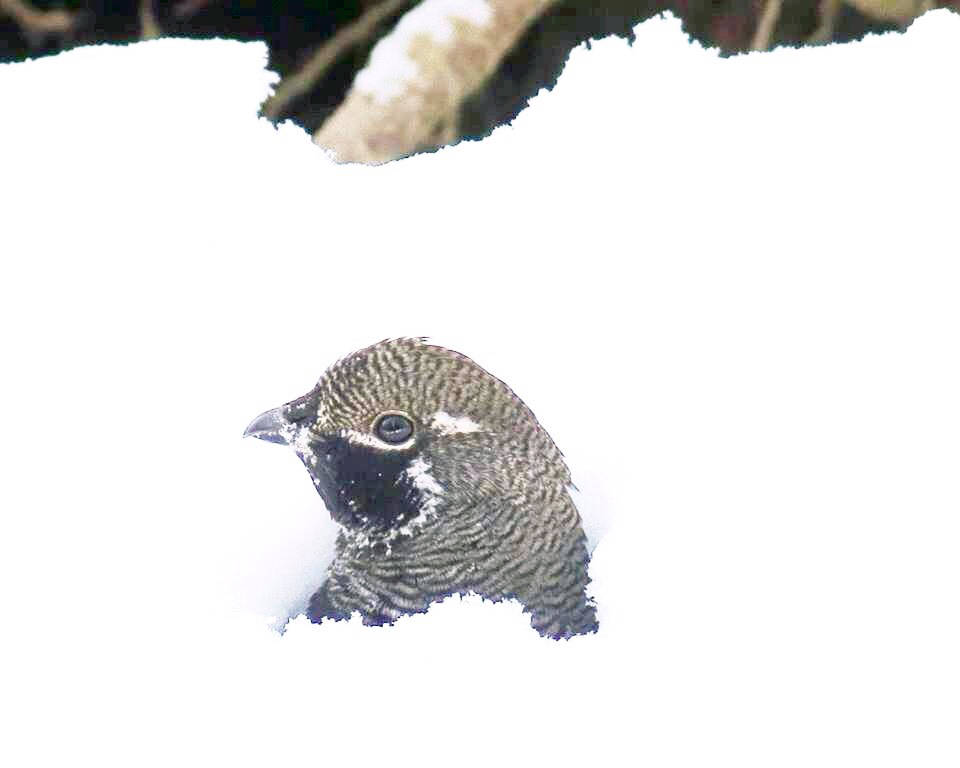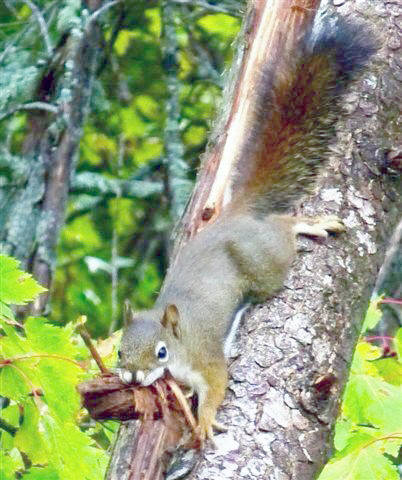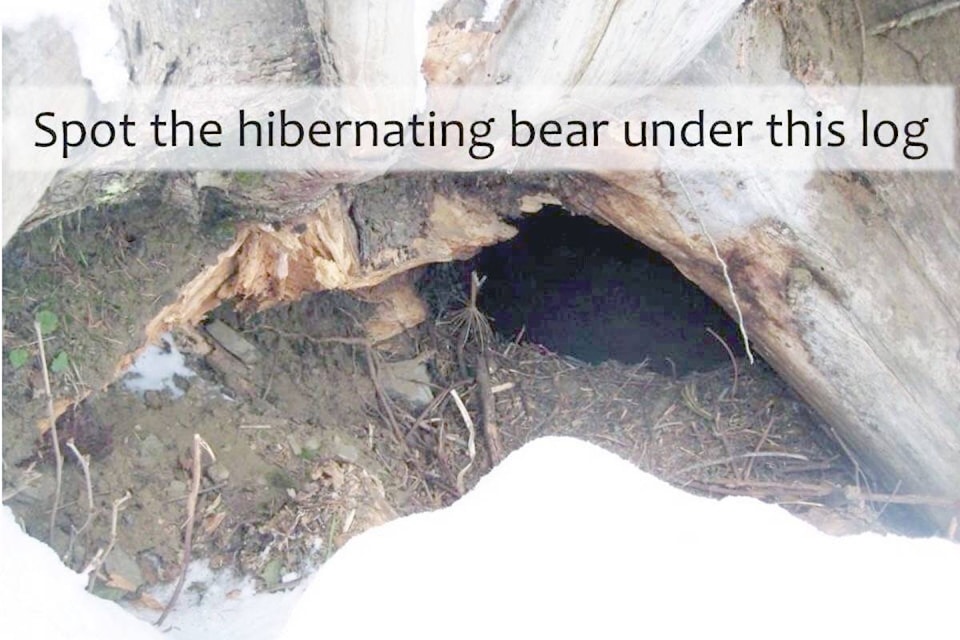We’re sliding into winter through November.
All animals (including us) either migrate, hibernate or insulate to deal with the cold temperatures, shorter days and scarce food supplies.
Migrate
We host about 240 species of birds around Vernon. About 90 species remain as winter residents. Most insectivorous songbirds such as swallows, flycatchers, warblers, etc. and hummingbirds fly to Mexico and Central America in the fall to catch their food. Generally, the larger and fatter birds such as geese, ducks, swans and herons migrate to coastal ice-free bays and inlets.
A few of our local nesting Great Blue Herons will stick around Swan or Wood Lakes in the winter to catch fish from ice fishing holes. More birds are staying as we change the environment. Canada Geese are now largely nonmigratory feeding at grassy parks, schoolyards, and golf courses. Some bat species fly up to a few hundred kilometres to suitable hibernation caves while others migrate as far as Mexico.
But the Swainson’s Hawk wins the prize for migrating 12,000 km down to the Argentinian pampas and returns in spring to breed. It looks much like a Red-tailed Hawk but is darker with a broad, banded tail. Local ornithologist, Chris Siddle, says, “If you’re down in Panama at the right time in October-November or March-April you can see hundreds of Swainson’s Hawks streaming overhead as they funnel over the narrow landmass. It’s quite the show.”
Hibernate
I loosely use hibernate to refer to a long, cozy winter sleep. Thankfully our Earth continually gives off heat. Everyone knows that Black Bears hibernate. They head uphill to deeper snowy areas, such as Silver Star, to nestle under fallen trees, trees with wide branches, or under overhanging banks, all covered by insulating snow.
Our six species of snakes cozy up together in burrows or rocky hillside dens. Lizards and salamanders under decaying logs. Turtles, frogs and toads bury in mud or soil near ponds. Insects burrow down or tuck under the bark. Bee colonies die off, but the queen hibernates. In late summer some species of ladybugs swarm up to mountaintop boulders to crawl underneath in massive hibernation groups. Our Columbian Ground Squirrels, Yellow-bellied Marmots and chipmunks are our longest hibernators of up to eight months burrowing underground.
Insulate
Chickadees, nuthatches and other birds grow downy winter feathers, and like Red Squirrels, stash food and nestle snuggly in tree cavities. Deer move out of deep snow and grow fluffy hollow hairs like other mammals. Uphill, the deeper snow creates an insulated Subnivean (under snow) environment where weasels, mice, pocket gophers, voles and shrews run in tunnels under bent-over plants, shrubs and young trees. Fish swim in a warmer water level under ice.
Thank goodness our creative brains have enabled us to fashion warm clothing, build shelters, manage fire (and other heat sources) and preserve and transport food. We can even migrate to warm, sunny destinations in a matter of hours. I certainly hope we’re smart enough to realize we’re still a part of nature, and like all plants and animals, we rely upon the Sun, clean water, fresh air and healthy soil to sustain us.
If you’re looking for buddies to get outside with this winter, here’s a few good groups to check out: The Vernon Outdoors Club has a variety of weekly hikes and snowshoes. www.vernonoutdoorsclub.org
The North Okanagan Naturalists Club welcomes the public on Saturday morning nature walks. There’s a variety of other walks and monthly guest speakers for members. Their winter bird counts are great experiences www.nonc.ca
For families with children aged 5-12, there are Nature Kids BC with nature explorations every month. www.naturekidsbc.ca choose North Okanagan
Winter’s coming, so insulate and enjoy, or migrate if you can.
Roseanne was a long-time Interpretive Naturalist and award-winning EcoTour Guide. Her extensive knowledge of the local environment, with a refreshingly enthusiastic passion for sharing the outdoors, helps readers experience and enjoy nature.


